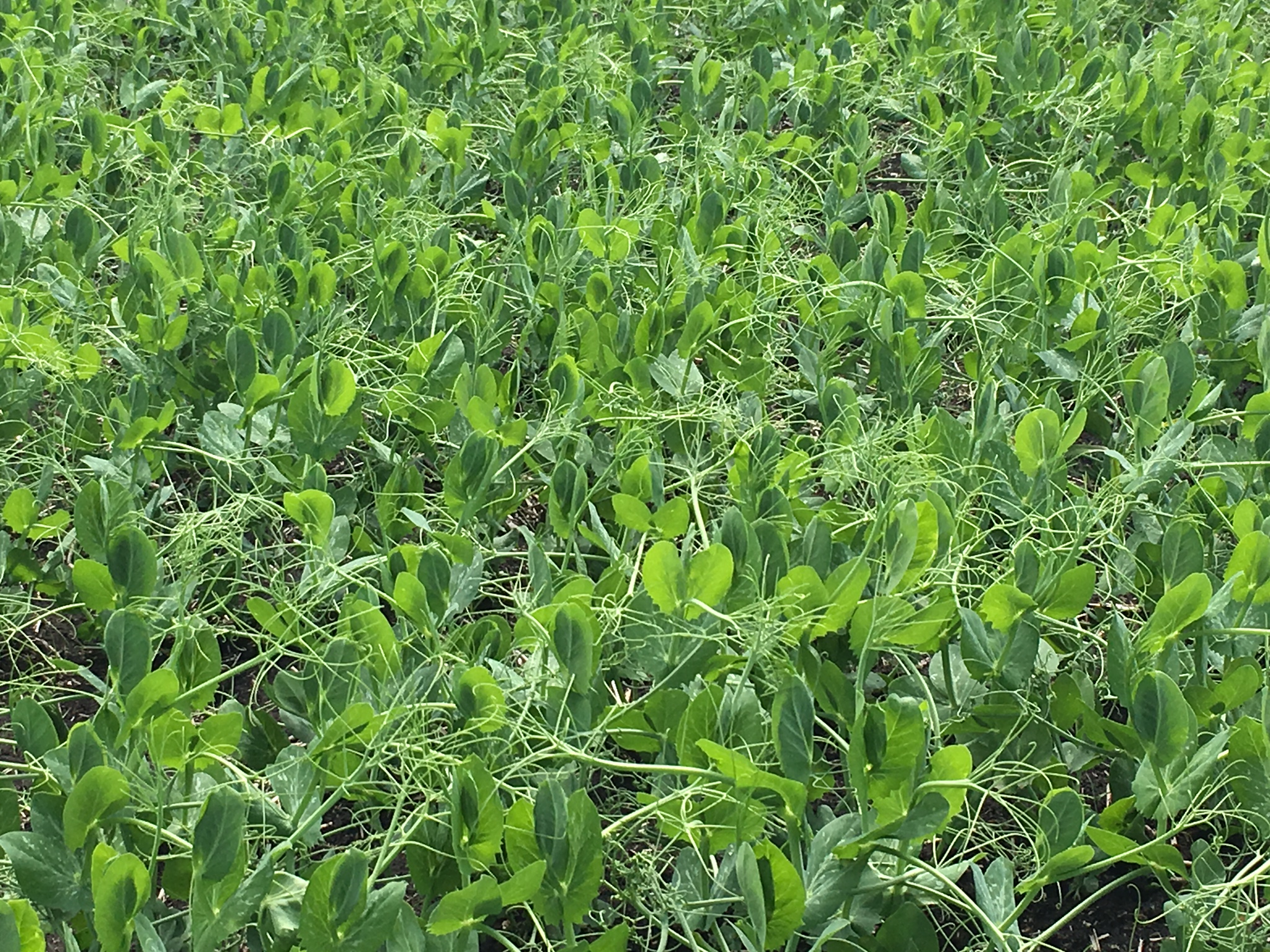
All hormones are proteins but not all proteins are hormones. That’s what we learnt from our biochemistry class. We all know the function of proteins in plants and animals. Hormones make things happen. Plant growth hormones are produced by ALL crops at different stages of their growth cycle. You can think plant hormones as the FedEx of the plant world. They are messengers produced in one part of the plant body and affect different regions of the plant. Unlike humans, plants don’t have a heart that pumps fluid around the body, instead plants produce hormones to move throughout the plant body to affect plant growth. There is a myth that plant growth hormones are bad. Its not the hormones that are bad but the inadequate know-how in handling and applying them.
There are 5 main Hormones in any plant. 3 of them are classified as growth hormones (Cytokinin, Auxin & Gibberellic Acid) and 2 as stress hormones (Ethylene & Abscisic Acid).
The function of hormones includes but are not limited to the following:
- Cytokinin :
This is known as ‘the dispatcher hormone’. It is known to control cell division and differentiation. It is primarily produced in the root tip meristematic tissue and acts to reduce senescence (aging) of the plant.
- Auxin:
This hormone activates and directs new cell division and food movement within the plant. It is produced in the new apical meristem tissue in the leaves. As auxin levels increases in the plant, increased levels of auxin transported to the roots tends to hinder cell division in the roots causing loss of root vigor which causes senescence to start.
- Gibberellic Acid:
A crop produces GA to encourage cells to size and elongate. It is normally stored in the nodes of a crop where it increases cell sizing & the reproduction of the buds that occur from the nodes. it reduces ripening and keeps plant tissue more youthful and vigorous as well as promotes germination of the seed.
- Ethylene :
Normal Ethylene: Helps with the movement of auxin from various cells within the crop. This is the hormone that signals reproductive maturity and initiates flowering and fruiting. It encourages an increase in ABA to drive plant tissue (seed, fruit, & storage tissue) into dormancy, which results in better storage shelf life of the harvested plants.
Stress Ethylene This plant growth hormone is secreted under stress conditions as a signal for plants to synthesise protective proteins to help overcome moderate stress. If the levels are not controlled under stress conditions, it will cause premature ripening and death.
- Abscisic Acid:
This hormone promotes ripening & seed dormancy. It is responsible for cell maturity and the termination of cell growth. It is made primarily in the roots and moves rapidly up to the shoots under any kind of stress
This brief description of the five major plant hormones shows just how important plant hormones are to plant health and growth. As growers work to maximise their crops yield potential, understanding the role of plant hormones is crucial.
Managing plant hormones along with the right customised foliar formulation can have a huge effect on crop yields. Hopefully you found this post helpful. If you want to know more about your crop nutrient needs, contact us – we’d love to chat!
If you liked this post, please share it.

Crop growing has changed considerably since our grandparent’s homestead. Gone are the days where crop growers seed a crop and come back in at harvest to combine. We now know much more about soil health via soil testing, crop health via tissues sampling and the use of advanced sensing measurements such as the Normalised Difference Vegetation Index (NDVI) and other technological developments. Scientists have also created hybrid varieties of crops which are pest and disease resistant.
The old way of applying uncontrolled amounts of fertiliser and achieving higher yields worked for our grandparents who knew better. However, our approach has mined the soil, depleted soil biology and created an environment where our current generation will struggle to grow the food required by our ever growing population. Some crop growers have added more fertilisers in other to achieve the yields of the past. These has led to over application of fertilisers and the growing public concern of the environmental impact of nutrient dispersion. More specifically, the impact of nutrient run-off contaminating water systems.

With the advent of synthetic plant growth hormones (PGH), scientist have been able to safely encourage the crop to build bushels by stimulating its natural growth pathway. These PGH have now been used with liquid foliar cocktails which have resulted in a scientific revolution of sorts with a race for the most effective and efficient nutrient supplement solution for growing crops with PGH.
More so, given the task on crop growers to grow the food for our population, they have to apply science to enable them grow more with less in a cost effective manner. Science has now helped Crop growers with precision agricultural practices and in the discovery of the exact nutrient balance required to build bushels. Emphasis have been placed on the value of Seed coating to encourage vigorous seedlings.
Proportional release of fertiliser and staging of fertiliser and foliar application of fertilisers are now common practices. These practices have slowly shifted the paradigm from looking at what the soil needs to what the plant needs. Should this be the case? Are they one and the same? Soil science teaches us that a balanced condition of our soils is one of the factors that improves our yields. Soil health has also been linked to reducing soil borne diseases, weeds and even crop based diseases.
So how do we determine the missing nutrients when developing custom blends? Great question!
Soil analysis is one of the best ways to determine the required nutrients which can be used to develop a balanced custom fertiliser blend. Most crop growers currently use soil testing to formulate their macro fertilizer blend. How about using the same soil test report to formulate customized micro nutrients blends to create a balanced nutrient environment for the crop? A balanced nutrient means balancing the anions and cations not bombarding the soil/crops with nutrients at will. Once a custom blend is developed,it can be applied to either the soil, directly on the plant leaves or both without toxicity issues. Each type of application depends on the specific needs of the crop and the current growth phase.
What if a crop health therapy consultant can bring these advances in science to a synergy? The possibilities will be endless. Hopefully you found this post helpful. If you want to know more about your crop nutrient needs, contact us – we’d love to chat!